Texas is the second largest US state (after Alaska) and includes 269,000 square miles, or 7.4% of the nation’s total area. It extends nearly 1,600 km from north to south and about the same distance from east to west.
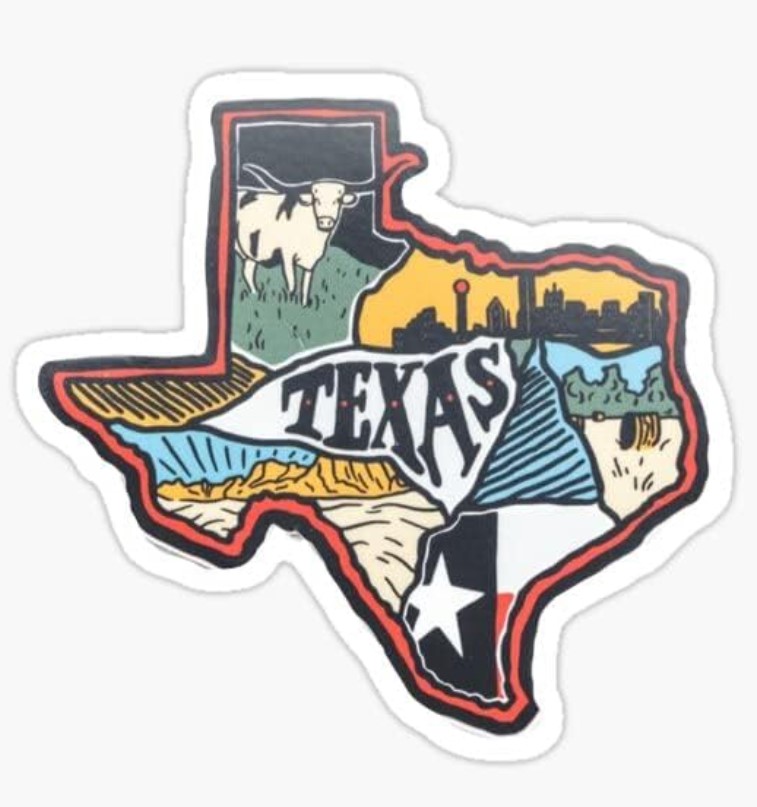
We have all heard about how big Texas is. So in terms of reference for all of the Aussie readers, four of our six states are all bigger than Texas and the NT is double its size. It is almost (87%) the size of NSW or 37% as big as Queensland and about a quarter the size of WA.
The area that is now Texas was part of the Spanish Empire for more than a century. It then became part of the new country of Mexico from 1821 to 1836, when it gained its independence. It then operated for a short time as an independent republic before joining the Union.
Now let’s not be silly, we have all seen the cowboy movies of a raw and lawless frontier but now it is known for its agricultural wealth, oil and natural gas production, big cities and cattle. That said, the locals still identify strongly with their cowboy roots.
The Rio Grande is the most important river in Texas. It flows about 3,060 kilometres from its source in the Rocky Mountains of Colorado into the Gulf of Mexico (now apparently to be renamed to the Gulf of America), and its Texas segment forms the border between the United States and Mexico.
OK…back to the movies. I have seen tons of cowboy movies and have yet to see a cold cowboy.
But we arrived in the middle of a cold snap and it was freezing…literally.
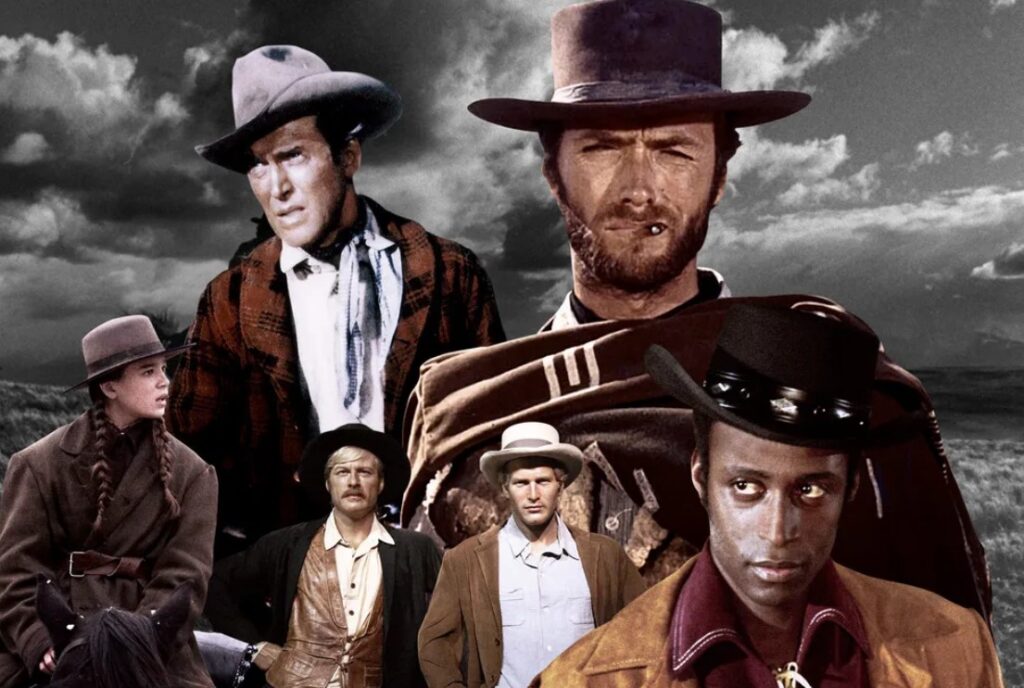
A series of cold fronts coupled with a surge of arctic air moved into Southeast Texas, dropping temperatures below freezing. The cold snap brought the coldest air of the season with hard freezes. The airports (particularly Houston) were closed, snow landed on us, cars were covered in snow and ice was all over the sides of the roads.
And we were broadly ill-equipped.



Curtis and Mark
Our trip to Texas was part of our ‘see different cruise ship ports’ concept. While on the various segments of the World Cruise we shared a dinner table and became great friends with Mark and Curtis, a couple that lived in Dallas.
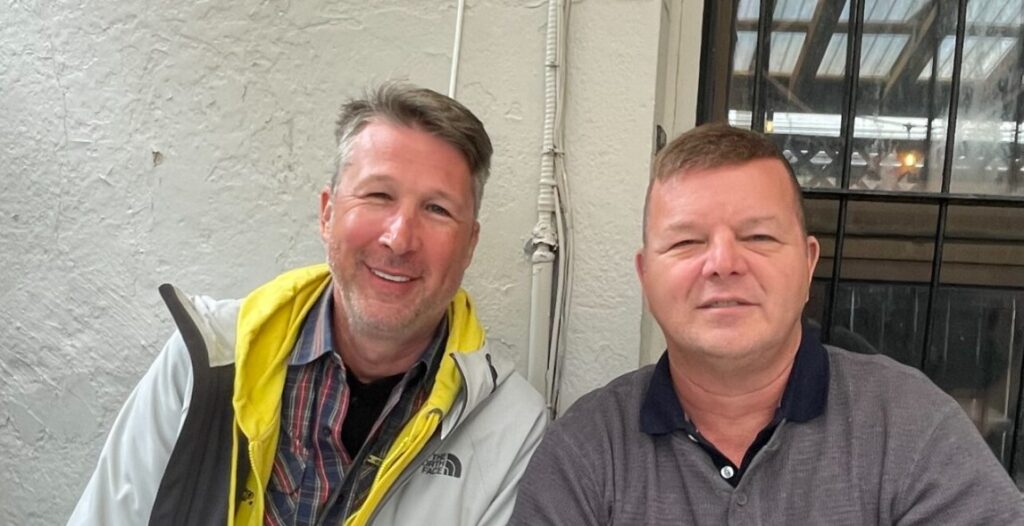
When we mentioned our trip they offered to drive down (a 5-6 hour drive) to meet us and show us around.
More than that, Curtis had put together the most amazing schedule of definite and possible trips that we could do on our road trip. We (Jill) provided some guidance, but for the most part, Curtis just put together a fantastic schedule for us.
Galveston
The City of Galveston came into being in 1839 and has functioned as the main port and gateway to the Southwest. The city’s transport was integral in developing the area. It sits on a 50 km long island just off the coast (about 80km southeast of Houston and pretty much solely relies on the port, beaches and tourism.



Our first foray saw us being picked up from the Houston Airport and delivered to our hotel (which as it happened had burnt down). We arrived to a roped-off hotel with obvious scorch marks all over the outside and guys pulling debris out.
Thankfully our driver didn’t just dump and run but went in to check. Long story short, we found ourselves being moved to another nearby hotel.
On a side note on our driver, I noticed he was drinking Dr Pepper. Having heard of it but never tasted it, I asked what flavour it actually was.
He explained that it was a Texas specialty that they had grown up on.
After our hotel debacle, he made a pit stop and whilst inside he shouted us two cans, just to be nice.
We drank it (later on) and found it not to our taste.
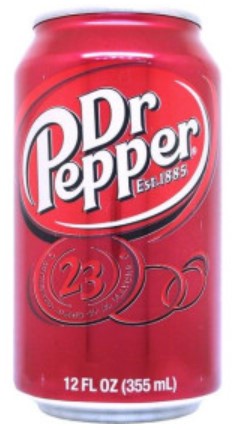
Galveston holds the unenviable record of being the last bastion for legal slavery in all of America. Juneteenth honours the date (19 June 1865 ) when 250,000 slaves in the state of Texas received word that they had been freed from bondage and were declared free.
The first entry saw the weather being very cold and we were being buffeted by offshore winds making the cold temperatures seem even worse. So we went to the closest restaurant that we could walk to. A Vietnamese / Cajun fusion joint. Now if this seems both odd and a little wrong to you, then you would be correct.



After this we hopped a cruise into Mexico for a week before getting off and being met by Curtis and Mark.
Our return journey to Galveston (after the road trip with the boys) saw us coming into a town with snow on the ground. Thankfully we had a vehicle so were not stuck with walking distance. A great Texan saloon had me starting with a prawn and cheese stuffed jalapeno pepper, before trying some of Curtis’ chicken fried steak (like a beef schnitzel with a white sauce), before getting into my main of ribs and chicken. All of this washed down with a local Bock beer.






Houston
Having left Galveston for a cruise (the first time) we were picked up on arrival by the boys (Curtis and Mark) and did the quick (45 minute) hop up the road to Houston with our first stop being the beer can house. The owner (a retired upholsterer) started in 1968 when he began inlaying thousands of marbles, rocks, and metal pieces into concrete so as to avoid having to mow the lawn.



When the entire front and back yard were completely covered he turned to the house itself. He began flattening aluminium beer cans to create siding for the house. Over the next 18 years, the house disappeared under a cover of flattened beer cans. He then added decorative garlands (wind chimes) made of cut beer cans hanging from the roof edges.
Interestingly, the aluminium siding lowered the family’s energy bills. The owner drank (with a little help from his friends) all of the beer cans that were used.
The next proposed stop was Hermann Park, a 445 acre park in the centre of town. But a tight schedule and freezing temperatures saw us bypassing this and moving on.
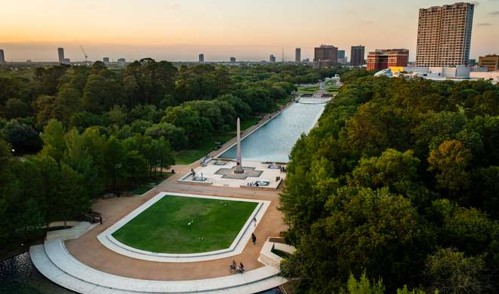
San Antonio
From Houston, we kept zooming across to the town of San Antonio which is primarily known as the home of the Alamo. This is where Texas defenders fell to Mexican General Santa Anna and the phrase ‘Remember the Alamo’ originated. The Alamo is considered the cradle of Texas liberty and the state’s most popular historic site.









Established as a mission, it later became a military stronghold for Texas Independence. It is free to visit but you must still book a ticket (for scheduling of crowds). The place was freezing and the winds were howling. This was great for low crowds and getting photos, but not really ideal for hanging around and soaking up the history.
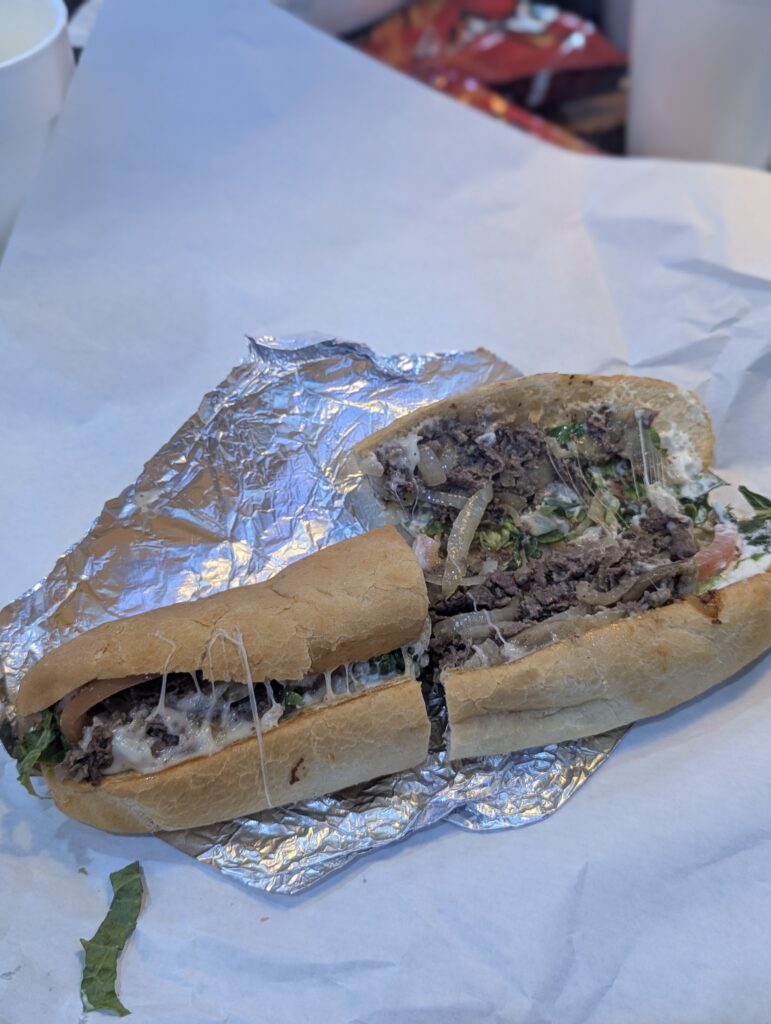
Curtis’ research had identified the best sandwich joint in the area.
So we managed a stop at the dodgy little hole in the wall with amazing food and service.
Jill and I split one, before going back and getting another (different) one. They were that good.
Austin
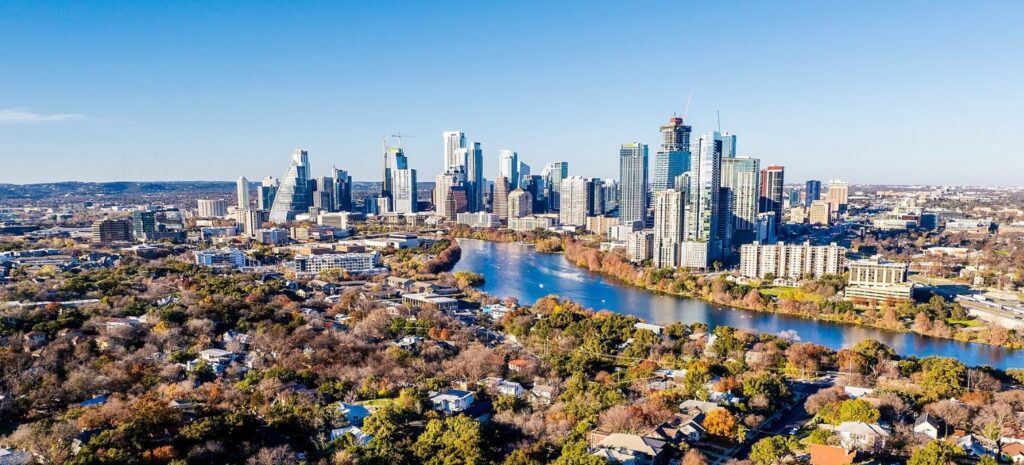
The next stop was the capital city of Austin which is located on the Colorado River in south-central Texas with a population of just under a million.
The city dates back to the 1830’s, when the first settlers arrived in the area. Originally called the village of Waterloo, it was the first permanent settlement in the area. By 1839 the name Austin was adopted and the frontier town would become the capital of the Republic of Texas.
Our accommodation was a shared room at a local hostel so rather than trip over each other all night, we headed downstairs to the built-in speakeasy (hidden access behind the bookcase).
Finding the place playing rubbish music, too loud, and being infested by screaming women (Americans really do not have an inside voice), our visit was a short one.
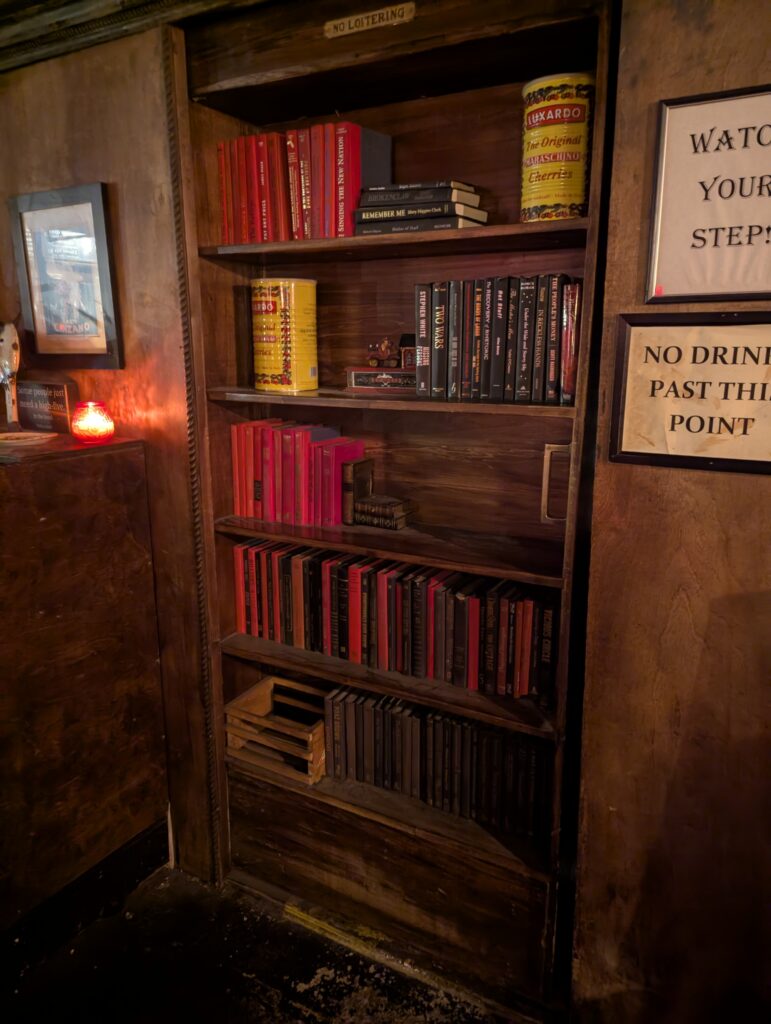
The next stop was out to a local (gay) bar that saw us listening to great music and sampling some local brews at a great price of $7 a pitcher (jug). We kicked back here (The Iron Bear) in the warm and settled in while watching the snow fall on the vehicles outside.
The plan for the next day was to walk around town taking in the local sights. But I (and thankfully Mark too) am quite the wuss when it comes to cold weather. Our parking required us to move the car and the thought of walking on snow-covered ground in sub-zero temperatures did not appeal. It even froze the running waters in the fountains.





In reality, had the weather been more conducive, the planned day would have been eminently walkable. But instead, we drove short hops between the tourist sights rather than doing the planned walking route. In reality we probably missed out on some of the cool things on offer, but we did stay warm.
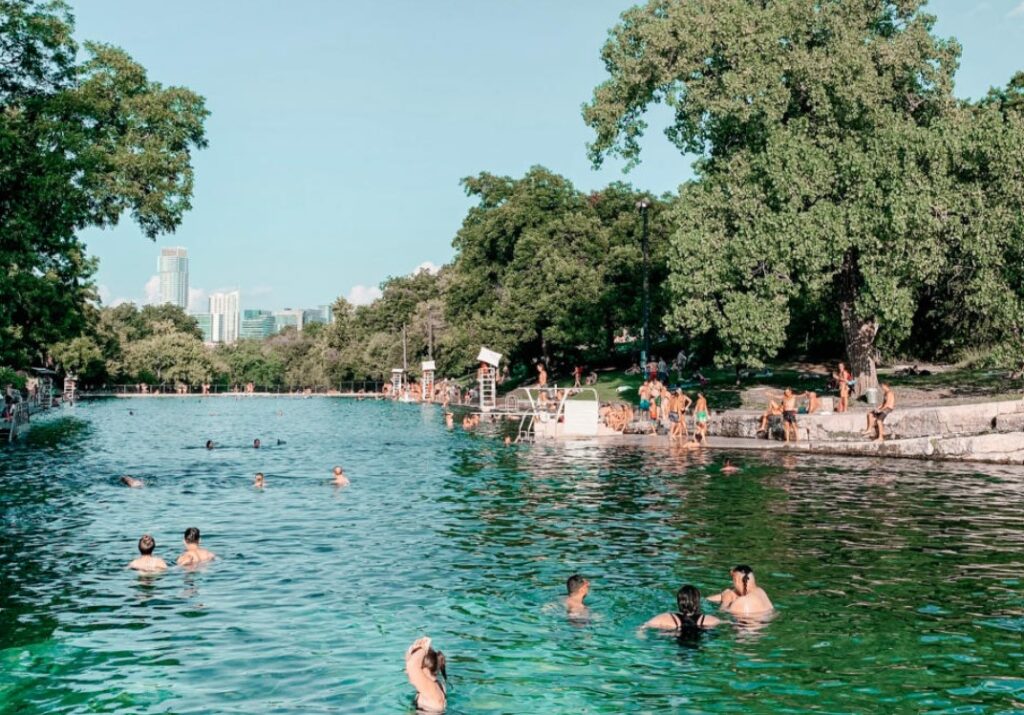
The tourist blurb claimed that the Barton Springs Pool is a swimmer’s paradise that features clear water fed from underground springs that stays a refreshing 68 degrees year-round, along with grassy hills for sunbathing.
Just minutes from downtown the pool is located in the heart of the 360-acre Zilker Park. Needless to say we did not do this in the snow. But our drive around town revealed a very pretty green city with lots of outdoor space that in all other seasons would be great.
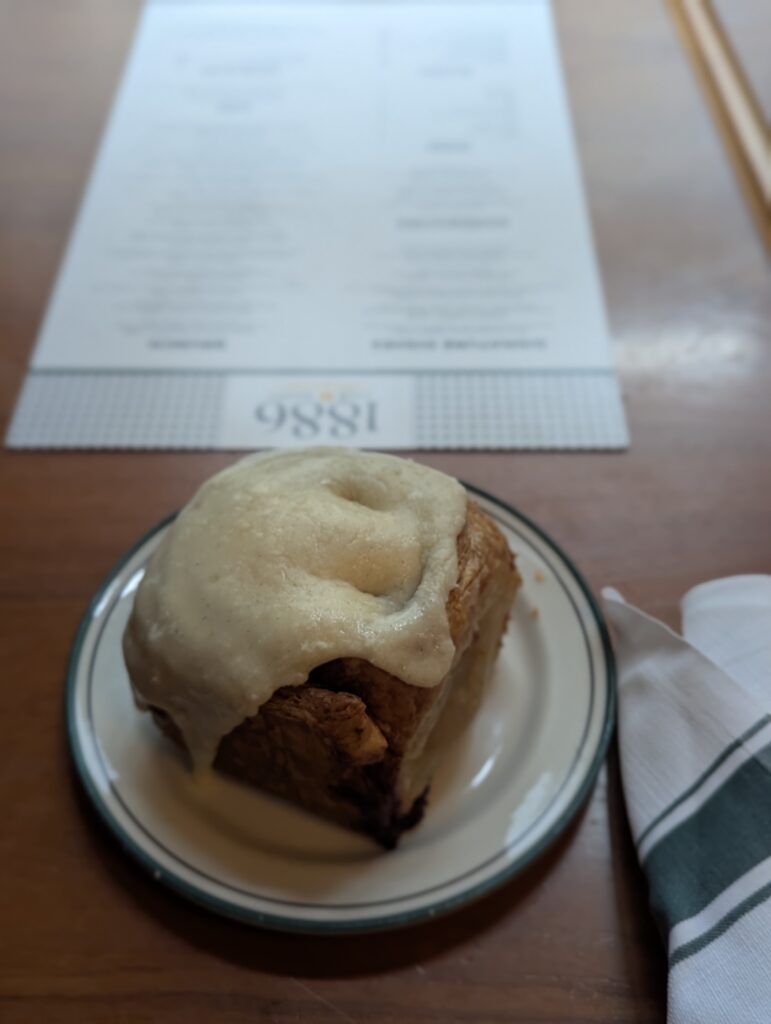
Before starting the (next) day properly, we went across the road to the flash hotel for breakfast.
This saw Jill and I splitting a hot cinnamon bun with cream cheese frosting and having a coffee each.
It cost us $50 Aussie for this pleasure, but according to Jill it was worth it. So much so that we did it again the next day.
The first stop on our (now) driving trip was to see the worlds largest Longhorn, which is a statue bizarrely placed in the middle of a carpark near the heart of Austin.
The actual world’s largest longhorn is a steer named Poncho Via, who holds the Guinness World Record for the largest horn spread on a living steer. Poncho’s horns measure over 3 m from tip to tip.
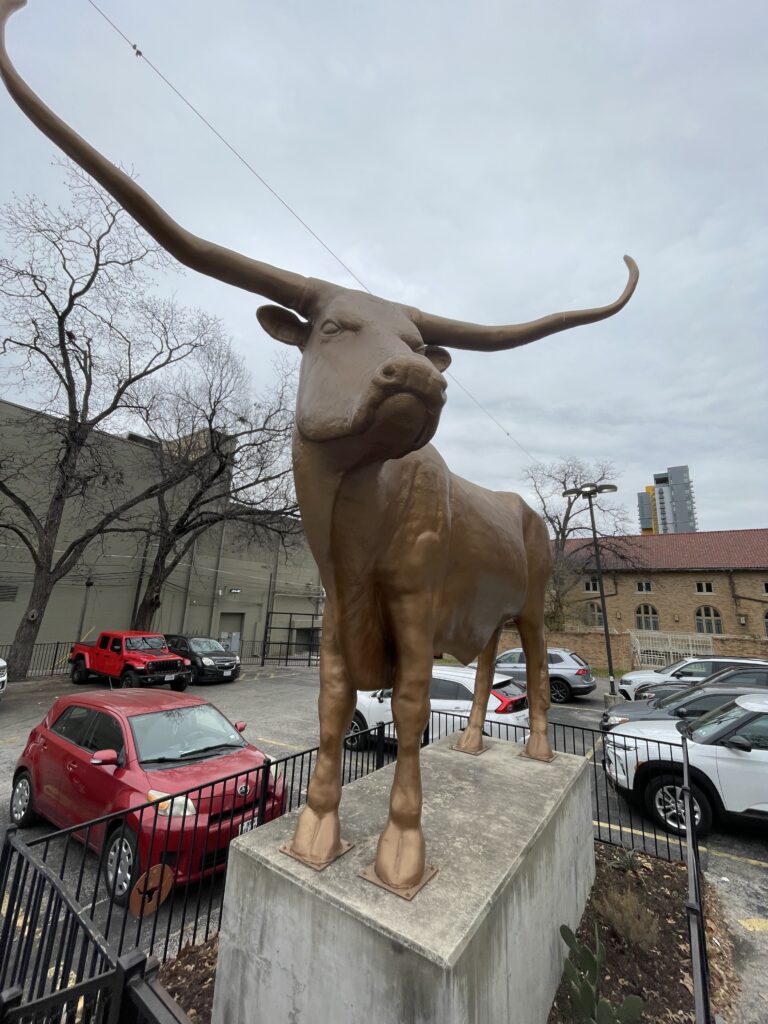
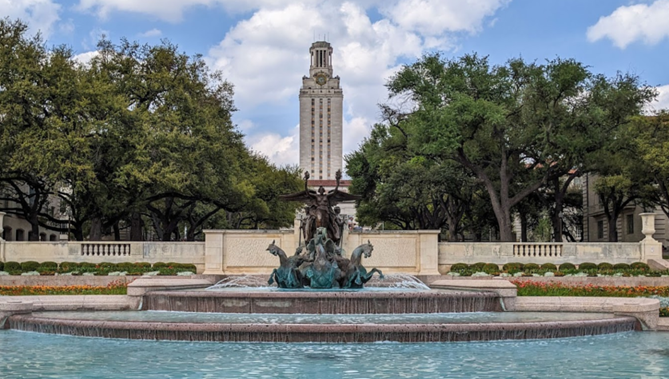
The Littlefield Fountain monument was next. It was erected to honour the “Sons and Daughters of the University of Texas” who gave their lives during World War I.
Rising behind the fountain is the University of Texas tower. This was the site of the University of Texas tower shooting in 1966, where a 25-year-old Marine veteran, shot and killed 15 people (including an unborn child) and injured 31 others before he was killed by police. You can’t climb the tower anymore.
The main feature in town is the impressive capitol building which is made from Texas pink granite. It served as the capital of the Republic of Texas in 1840-1842. We had seen it the night before all lit up, but now we got to go in and explore both the buildings and the impressive grounds.








And the grounds were pretty cool too.




Austin is considered the live music capital of the world (their claim). That said, there was an impressive number of saloons and bars along the streets that may give some credence to this claim (but without knowing, I think that New Orleans probably has a better claim).




The next stop was to the Museum of the Weird. This is one of the last remaining curio shows made famous by P.T. Barnum in the 1800’s. The place has monsters, zombies, mummies, shrunken heads and movie oddities. It was pretty lame, but for $12 its not like it broke the bank, so in we went.











There is a 10 mile hike and bike trail/boardwalk that loops around Lady Bird Lake. The trail varies from paved to packed dirt and crosses the lake at several points via pedestrian bridges if you want to cut it short. The south side provides views of the city skyline while the north side allows you to explore downtown Austin.

The lake was named after “Lady Bird” (Claudia Alta) Johnson the former first lady and wife of president Lyndon B Johnson. As first lady, she broke new ground by interacting directly with congress and making solo electioneering tours. She advocated beautifying the cities and highways claiming “Where flowers bloom, so does hope”. The eventual Highway Beautification Act became known as “Lady Bird’s Bill”.
One of the cooler things that we saw while wandering the streets of Austin was the Uber Eats delivery robot.
A rolling GPS-controlled travelling hotbox/esky that brings your food to you.
Very cool.
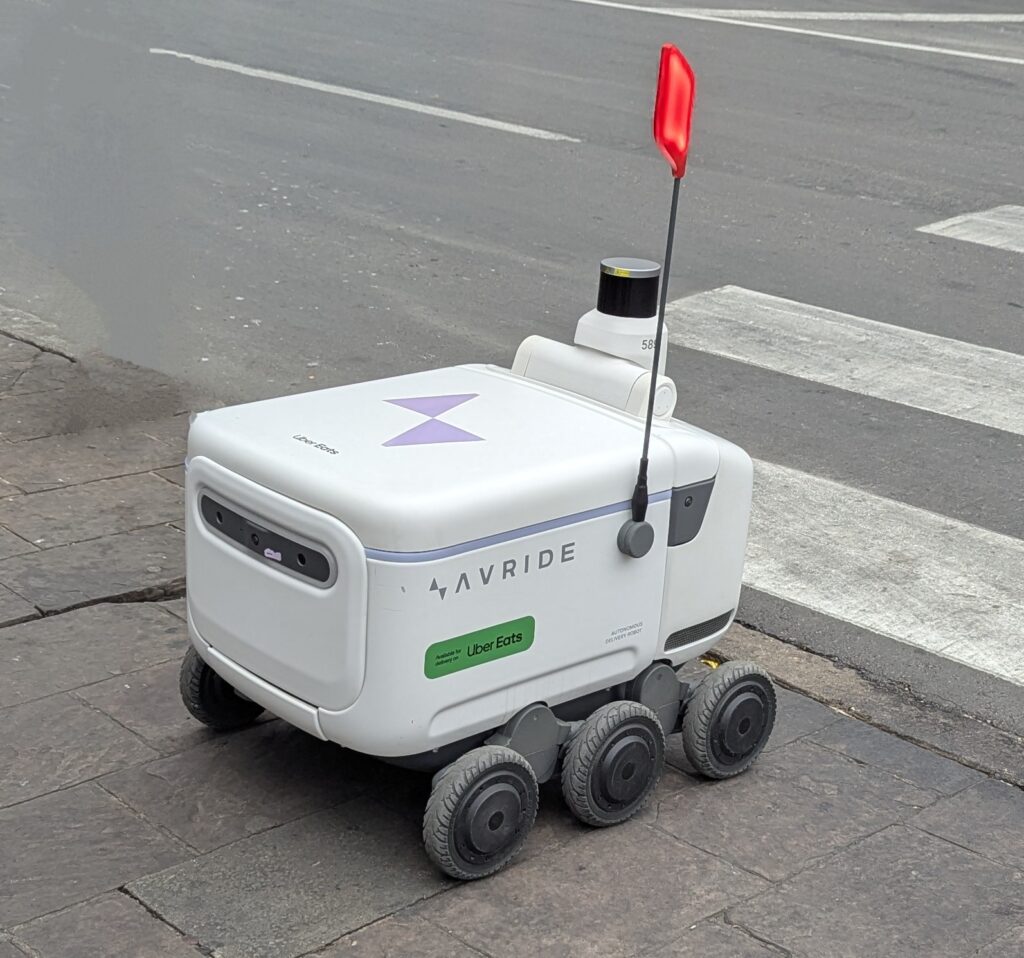
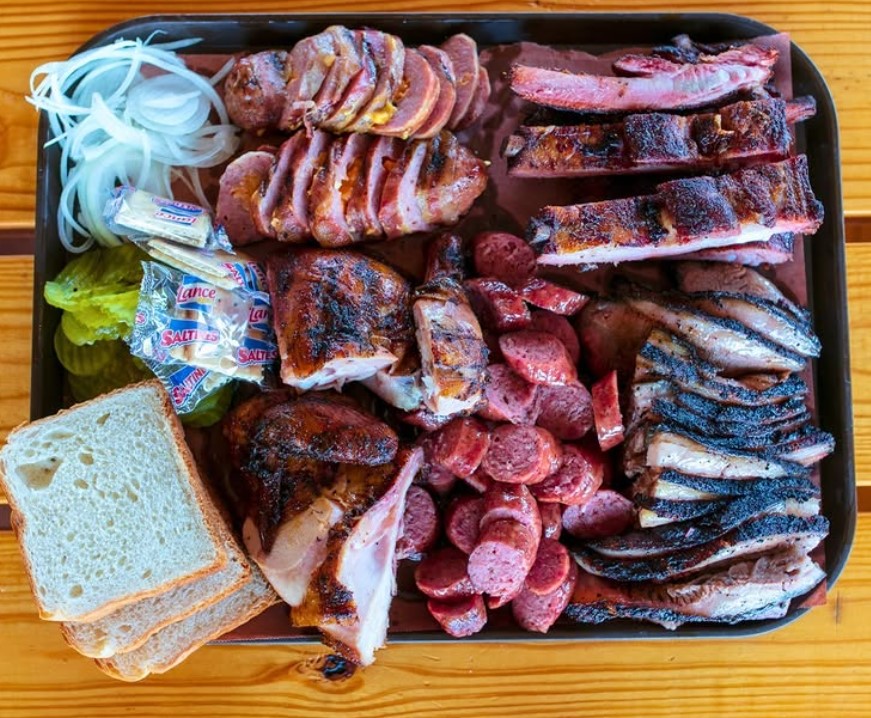
And of course, we finished Austin off with some Texas BBQ.
Smoked meats and sausages, ribs, brisket, corn bread and spicy mac and cheese.
Box ticked.
Waco
Leaving Austin we were heading to Fort Worth (Curtis had organised a Rodeo trip) but on the way we stopped at the town of Waco. To be honest the only thing that I knew about Waco before coming here was that it was the site of a shootout and siege (1993) between the ATF and the Branch Davidians. The original incident involved a shootout that killed 6 Branch Davidians and 4 agents. A 51 day siege followed that ended when they set fire to the facility killing 79 people, including leader David Koresh and 21 children.
Despite this, the town itself was quite lovely. Our first stop was to the riverfront to a tribute to the Chisolm Trail (an overland cattle drive route from Texas to Kansas through Indian territory).




The next stop was to wander along the Waco riverwalk (Jill and Curtis – Mark and I stayed in the warm car) where a series of very cool animal statues lined the riverside on the path towards the zoo.










The next stop was the Waco Mammoth National Monument which sits within 100 acres of wooded parkland along the Bosque River. Designated a National Park the site is an active dig site for ice age mammoths.







A bunch of mammoths have been found embedded in the riverbank mud. For a measly $6USD you can get a guided tour and explanation about the discovery and excavation that started back in 1978 and continues through to today.
Silver Stars and Sixguns
Waco is home to the Texas Ranger Hall of Fame and Museum.
The Ranger story begins in 1823, when there was a need for a body of men to protect the colony. Ten men were employed …to act as rangers for the common defence.
These men, not soldiers, not even militia, “ranged” the area, protecting settlers from Indians. When no threat seemed evident, the men returned to their families and land.

A former Ranger Captain once said “A Ranger is an officer who is able to handle any given situation without definite instructions from his commanding officer or higher authority. This ability must be proven before a man becomes a Ranger.” Despite the existence of other forms of law enforcement, the rangers have remained to this day.
Fort Worth
The road trip continued through to the city of Fort Worth. Formerly two separate cities, Dallas and Fort Worth have been joined by urban sprawl and are now connected by 30 miles of suburbs. We only had an overnight here, but Curtis had arranged it so that we were here for the first night of the Fort Worth Stock Show and Rodeo.



Now I had never been to a real rodeo. Jill had grown up with them, but I grew up in town. So this was my chance. The night we were there was part of the PBR (Professional Bull Riders) Professional Tour. Specifically, it was the Last Man Standing event, which meant that 40 riders rode 40 bulls over 4 days in a knockout format to determine an overall winner.
Now this is no dodgy bush rodeo. This was an indoor, air-conditioned 10 thousand (cushioned) seat stadium with all of the modern amenities that you would expect (maybe not from a rodeo though).
Big screen replays, closeups, interviews, fireworks displays, halftime shows (kids wrangling sheep) it had it all.




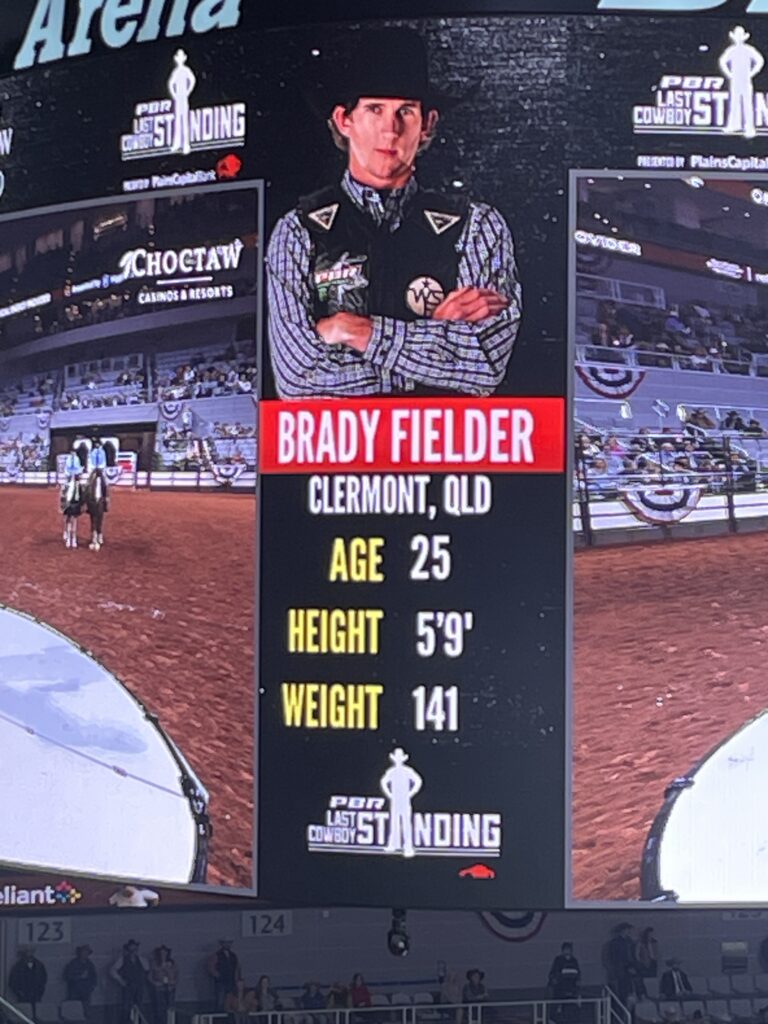
It even had an Australian (Queenslander) competing.
As it turns out he came third overall in the last man standing event after the 4 days of knockout.
At the time of writing the post he had won the next event and was the number one bull rider on the PBR.
The whole thing was full of 60kg kids (dumb enough to get on a bull in the first place) getting pummeled by monstrous animals.
There were a few older ones (one was 40) but they were the exception. And everybody limped.
We did get a beer at the beginning of the night, but stadium prices combined with big night atmosphere, meaning that it cost us $50 Aussie for 2 beers. We sipped them very slowly and went home having thoroughly enjoyed the show.
Dallas
Dallas was the next morning stop for us. Coming into town we got some pretty amazing cityscape views including the iconic Reunion Tower. This 171m (561 feet) tower has an observation deck (the GeO-Deck) at 143m (only 470) feet above street level. The tower offers a breathtaking 360-degree panoramic view of the city.




Our time in Dallas was extremely limited (we had to get back to Galveston for another cruise) but we did get some time to poke about. One of the things on Curtis’ itinerary of possible things to do was to get into some of the iconic sites features on the old TV show Dallas. Being a bit young, and not really into soap operas we passed. But if this is your thing then it is certainly an option.
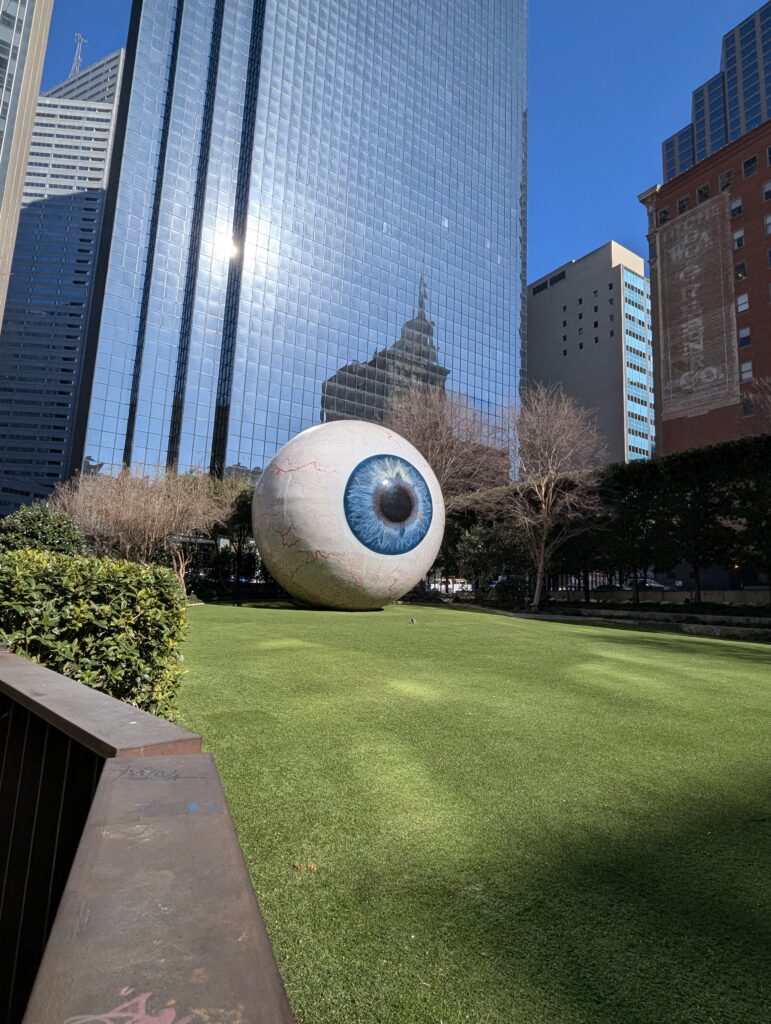
The first thing we did go to was the giant eyeball.
A 30-foot-tall fiberglass, resin, and steel sculpture is a replica of the artist’s own eye.
The eye made its debut in Dallas in 2013, since then, it has become the city’s most unique private event space hosting the annual Dallas Art Fair’s closing soirée, along with countless weddings, parties, yoga classes, and selfies.
The next was just checking out the funky buildings in and around the CBD. The tour included the infamous Pegasus that first landed in Downtown Dallas in 1934. It started its life atop the city’s (then) tallest building (the 29-story Magnolia Hotel) as a welcome to visiting petroleum gurus. A Pegasus is a mythological Greek symbol of wealth, power and fame it was adopted as the enduring symbol of Mobil.






On 22 November 1963, at around 12:30pm, John F. Kennedy, the 35th president of the United States, was assassinated while riding in an open-roofed Lincoln Continental motorcade in Dallas. As it was passing the Texas School Book Depository (now the Dallas County Administration Building) and Dealey Plaza. On a sunny day, with thousands of fans applauding.
The first bullet sparked off the pavement. The second burst through Kennedy’s shoulder and plunged into the thorax of Texas governor John Connally riding in the front seat immediately in front of Kennedy. The third and final shot blew Kennedy’s head into what soldiers call the “pink mist”, an explosion of blood and brain matter that left a crater in his head the size of a softball, and launched what was to become the mother of all conspiracy theories (skeptoid.com).



Police arrested Lee Harvey Oswald, a recently hired employee at the Book Depository (L). The assassination spawned numerous conspiracy theories and included a likely shot from the grassy knoll (R). The conspiracy theories have become so prevalent that today, depending on which poll you look at, between 2/3 and 3/4 of Americans believe that Oswald was not the lone killer of Kennedy.
The most popular conspiracy theories include:
- the Sicilian Mafia killing Kennedy – for his actions against organised crime;
- the CIA – because of his dissatisfaction with their progress against the Cuban regime;
- the FBI – for no clear reason but they seemingly must have
- the Secret Service – also for no reason other than their failure to protect his life that day must have been deliberate;
- the Soviet KGB, to retaliate against Kennedy for the Bay of Pigs attack on Cuba;
- the Ku Klux Klan – because Kennedy was a Catholic and a civil rights advocate instead of a Protestant and a racist;
- Vice President Lyndon B. Johnson – as a way to succeed to the Presidency; and
- Cuba’s Fidel Castro – to kill Kennedy before Kennedy could kill him.
And in all of these theories, and in scores and scores of others, there is always some implication that Lee Harvey Oswald was set up to be the fall guy due to some perceived connection. A short walk from here is the rather unassuming JFK memorial plaza.




Our Dallas pop-in done we were back on our roadtrip back to Galveston to hop on the next cruise ship. Now no road trip in Texas can be discussed without mentioning Buc-ees, which is a chain of super-sized petrol stations that are stupidly big. The number of pumps at a Buc-ee’s locations vary, but most have around 100 with the largest in Luling, Texas, which has 120 petrol (gas) pumps. This does not include the diesel pumps and EV charging stations.


Buc-ees has country stores and gas station locations in Texas, Alabama, Georgia, Kentucky, Florida, South Carolina, Tennessee and Missouri. According to Florida news, in 2025 Florida will build the newest Buc-ee’s. It will boast an 80,000-square-foot travel centre with 120 gas pumps and more than 720 parking spots for visitors. It already holds the world record for the biggest convenience store and the longest car wash.


The armadillo is the official state mammal and is one of my favourite looking beasts. Many armadillos escape predators by fleeing (often into thorny patches, from which their armor protects them) or digging to safety.
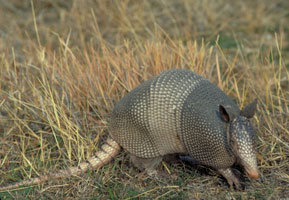
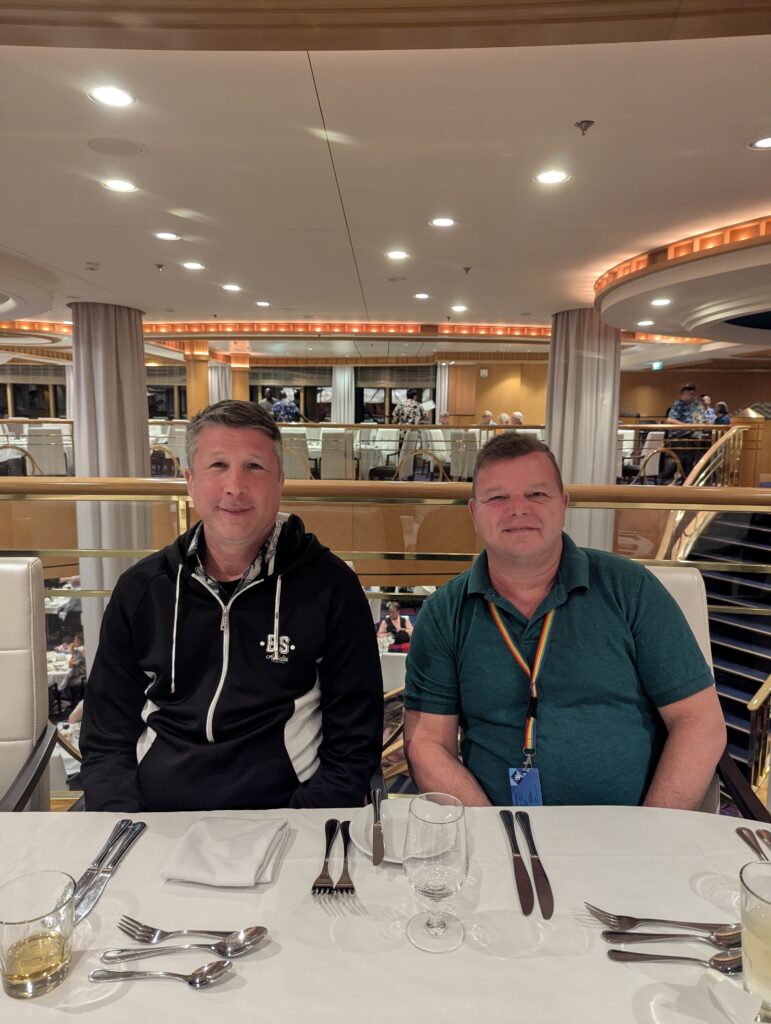
Road trip over.
So much thanks needs to be sent to both Mark and Curtis. Mark drove almost all the way and Curtis invested a huge amount of effort in the research and planning.
They joined us on the cruise and enjoyed it so much that they stayed on for another round, while we headed off to our next.